Market Share
China Cosmetics Personal Care Ingredients Market Share Analysis
The cosmetics and personal care ingredients market in the MENA (Middle East and North Africa) and GCC (Gulf Cooperation Council) regions, as well as China, is experiencing dynamic growth, driven by increasing consumer demand for beauty and personal care products. Market players in these regions are adopting various market share positioning strategies to gain a competitive edge.
In the MENA region, companies are focusing on product innovation and customization to cater to the diverse preferences and skin types of the population. The market is witnessing a surge in demand for natural and organic ingredients, prompting companies to incorporate sustainable sourcing practices. By emphasizing on eco-friendly and cruelty-free formulations, companies are not only aligning with global beauty trends but also addressing the growing consumer consciousness regarding environmental and ethical considerations.
In the GCC, where luxury and premium products hold significant appeal, market players are concentrating on branding and packaging aesthetics to create a sense of exclusivity. Establishing strategic partnerships with renowned retailers and influencers is another prevalent approach to enhance market visibility. Additionally, companies are investing in extensive marketing campaigns to educate consumers about the benefits of their products and differentiate themselves in a competitive landscape.
China's cosmetics and personal care ingredients market is characterized by a rapidly expanding middle class and an increasing focus on skincare. Domestic companies are leveraging this trend by introducing affordable yet high-quality products, thereby capturing a larger share of the market. E-commerce platforms have become crucial channels for reaching consumers, with companies investing heavily in online marketing and distribution networks. Furthermore, tapping into the cultural emphasis on traditional Chinese medicine and herbal ingredients has proven successful, allowing companies to align with the local preferences and gain market traction.
Amidst these regions, a common thread in market share positioning strategies is the emphasis on digitalization. Companies are leveraging technology to enhance the customer experience, from personalized virtual consultations to augmented reality-based try-on features. E-commerce platforms serve as vital tools for reaching a wider consumer base and are integrated with social media for targeted marketing campaigns.
In terms of market consolidation, mergers and acquisitions are becoming increasingly prevalent as companies seek to strengthen their market presence and expand their product portfolios. These strategic moves enable firms to achieve economies of scale, enhance research and development capabilities, and capitalize on synergies that contribute to overall market dominance.
Challenges such as regulatory complexities and cultural nuances are not overlooked by market players. Adapting formulations to comply with regional regulations and respecting cultural sensitivities are crucial aspects of successful market penetration. Companies are investing in building strong relationships with local distributors and retailers to navigate these challenges effectively.

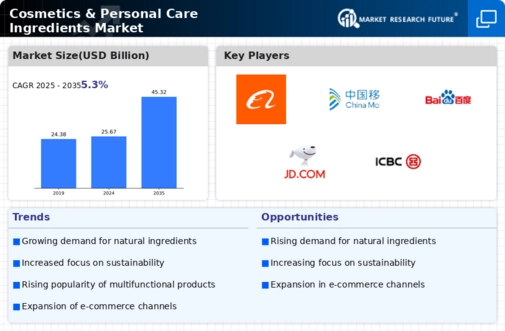

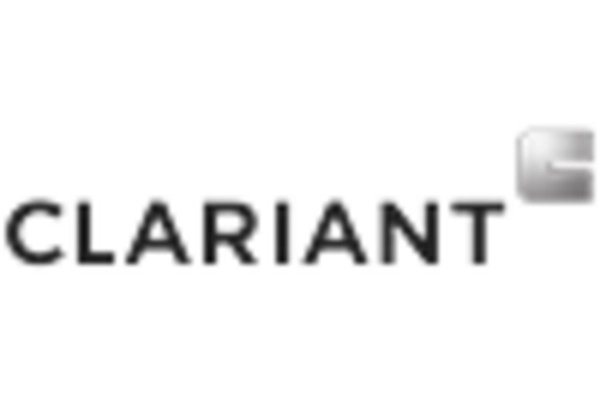
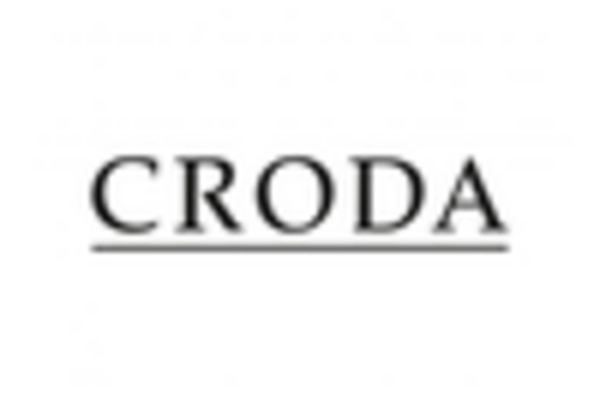
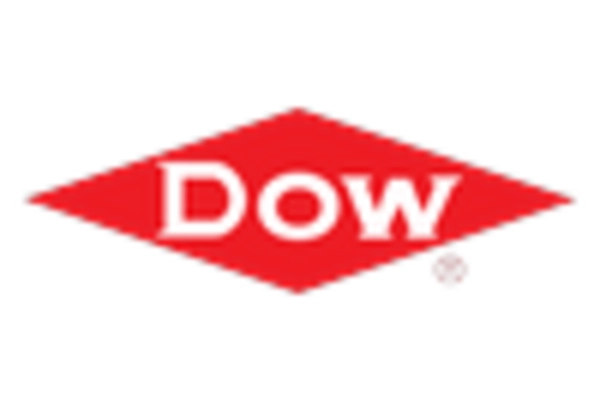
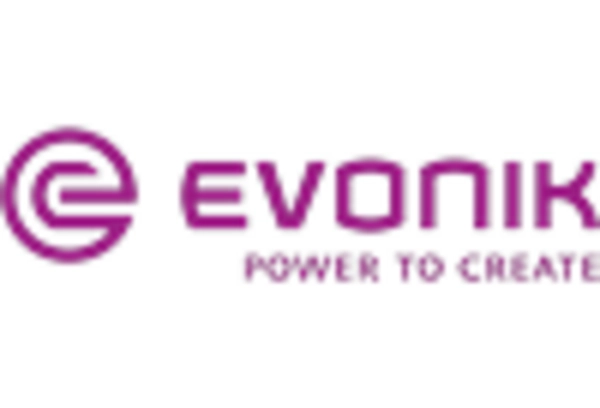
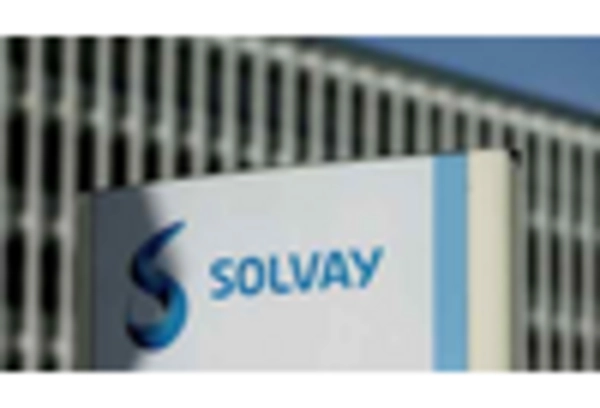









Leave a Comment